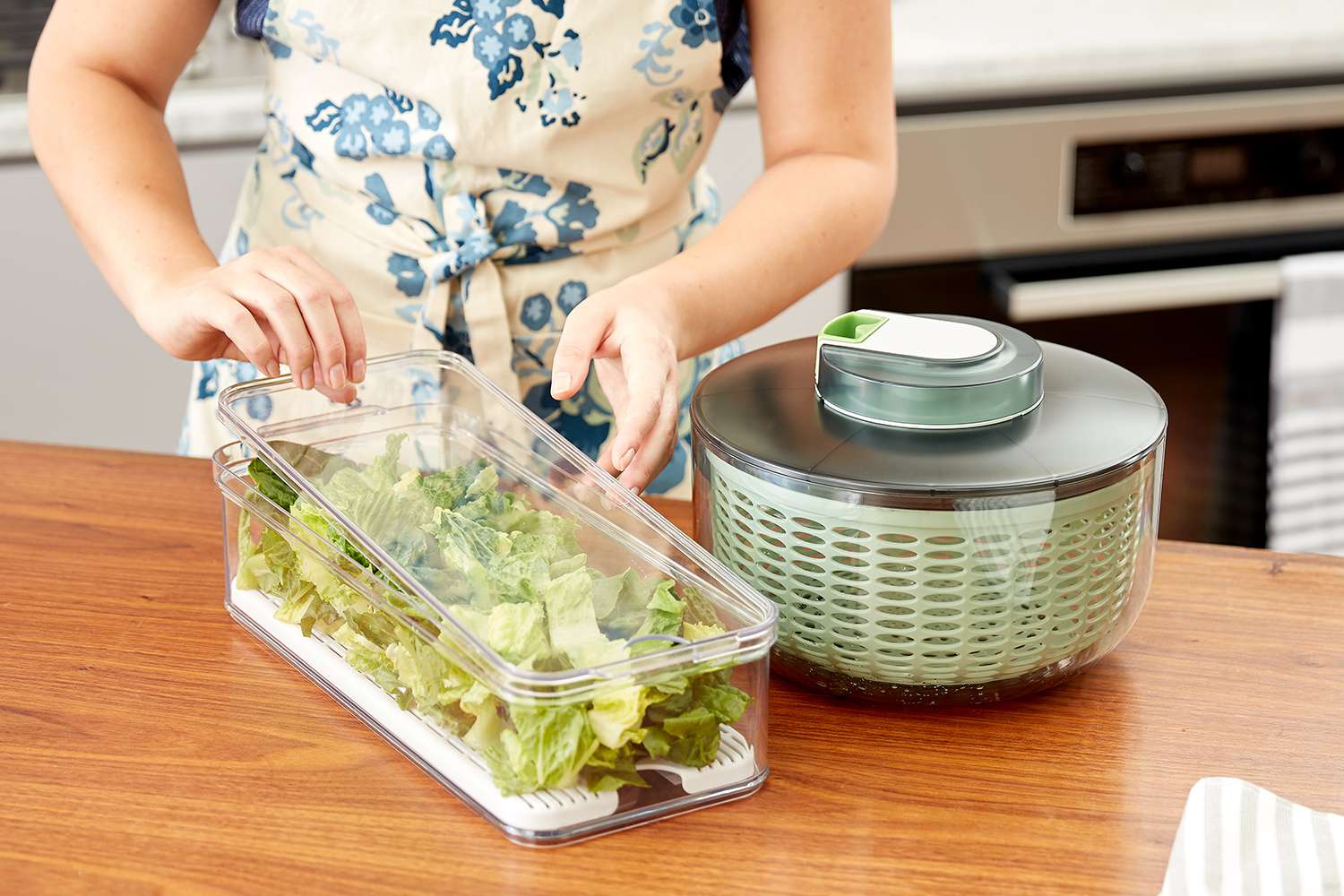

Articles
How To Store Romain Lettuce
Modified: January 18, 2024
Learn how to store romaine lettuce properly and keep it fresh for longer with these helpful articles.
(Many of the links in this article redirect to a specific reviewed product. Your purchase of these products through affiliate links helps to generate commission for Storables.com, at no extra cost. Learn more)
Introduction
Welcome to the world of romaine lettuce storage! Whether you are a seasoned chef or an aspiring home cook, learning how to properly store romaine lettuce is essential to maintaining its freshness and crispness. Romaine lettuce is a popular ingredient in salads, sandwiches, and wraps due to its crunchy texture and mild, slightly bitter flavor. However, if not stored correctly, it can quickly wilt, lose its vibrant color, and become unusable.
In this article, we will explore the importance of proper storage and share practical tips to help you extend the shelf life of your romaine lettuce. From selecting the right lettuce to the best storage methods, we’ve got you covered.
Key Takeaways:
- Proper storage of romaine lettuce is essential for preserving its freshness, extending shelf life, maintaining nutritional value, and saving money, making meals more enjoyable and nutritious.
- Choosing fresh romaine lettuce, proper preparation, and utilizing the right storage methods can help maximize the freshness and crispness of your lettuce, ensuring it stays delicious for an extended period.
Read more: How To Store Romaine Lettuce
Why is proper storage important?
Proper storage is crucial for romaine lettuce because it helps to preserve its freshness, texture, and nutritional value. Here are a few reasons why you should pay attention to how you store your romaine lettuce:
- Preserving freshness: Proper storage prevents romaine lettuce from wilting, browning, or becoming slimy. By keeping it fresh, you can enjoy its crispness and vibrant flavor in your salads and other dishes.
- Extending shelf life: Romaine lettuce, like other leafy greens, is perishable and can deteriorate quickly. By employing the right storage techniques, you can extend its shelf life and minimize waste.
- Maintaining nutritional value: Romaine lettuce is packed with essential nutrients such as vitamins A, C, and K, as well as dietary fiber. Proper storage helps to retain these nutrients, ensuring you get the maximum health benefits from your lettuce.
- Cost savings: With proper storage, you can avoid throwing away wilted or spoiled lettuce, ultimately saving money and reducing food waste.
By taking a few extra minutes to store your romaine lettuce properly, you can enjoy fresh and crisp greens for a longer period, making your meals more enjoyable and nutritious.
Choosing the right romaine lettuce
When it comes to selecting romaine lettuce, freshness is key. Here are a few tips to help you choose the right romaine lettuce:
- Look for vibrant leaves: Choose romaine lettuce with crisp, vibrant green leaves. Avoid lettuce with wilted or yellowed leaves, as this indicates that it is past its prime.
- Check the stem: Inspect the stem of the romaine lettuce. It should be firm and moist, without any signs of browning or dryness.
- Avoid bruised or damaged leaves: Gently examine the leaves for any signs of bruising or damage. Fresh romaine lettuce should have intact, unblemished leaves.
- Opt for organic: Consider choosing organic romaine lettuce whenever possible. Organic lettuce is grown without the use of synthetic pesticides and fertilizers, making it a healthier and environmentally-friendly option.
By choosing fresh, high-quality romaine lettuce, you are setting the foundation for long-lasting and delicious salads and other dishes.
Preparation before storing
Before storing romaine lettuce, there are a few important steps to take to ensure optimal freshness. Follow these preparation tips:
- Wash the lettuce: Rinse the romaine lettuce under cool running water to remove any dirt or debris. Gently pat it dry using a clean kitchen towel or salad spinner. Be sure to handle the lettuce with care to avoid bruising the leaves.
- Trim the ends: Trim about half an inch off the bottom of the lettuce head, removing the stem and any discolored or damaged leaves. This step helps to promote the absorption of water and keeps the lettuce crisp.
- Separate the leaves: If you prefer to store individual leaves instead of the entire head of romaine lettuce, carefully separate the leaves from the core. This allows for easier storage and portioning later on.
- Wrap in paper towels: After washing and drying the lettuce, wrap it loosely in paper towels. The paper towels help to absorb excess moisture, preventing the lettuce from becoming soggy during storage.
- Place in a storage container: Transfer the wrapped romaine lettuce to a clean and dry storage container. You can use a plastic bag or airtight container. Make sure the container is large enough to accommodate the lettuce without crushing it.
By following these preparation steps, you are setting the stage for proper romaine lettuce storage, which helps to maintain its freshness and crispness, ensuring it stays at its best for longer.
To store romaine lettuce, wrap it in a paper towel and place it in a plastic bag in the crisper drawer of the refrigerator. The paper towel will absorb excess moisture and help keep the lettuce fresh for longer.
Storing romaine lettuce in the refrigerator
The refrigerator is the ideal place to store romaine lettuce as it helps to maintain its freshness and crispness. Here’s how to store romaine lettuce in the refrigerator:
- Keep it dry: Ensure the romaine lettuce is completely dry before storing it in the refrigerator. Excess moisture can lead to wilting and spoilage. Make sure to remove any damp paper towels and replace them with fresh dry ones.
- Use airtight storage: Store the romaine lettuce in an airtight container or plastic bag to prevent it from being exposed to air. This helps to maintain its crispness and keeps it from absorbing odors from other foods in the refrigerator.
- Store away from ethylene-producing fruits and vegetables: Romaine lettuce is sensitive to ethylene gas, which is emitted by certain fruits and vegetables like apples, bananas, and tomatoes. Keep your romaine lettuce away from these ethylene-producing items to prevent premature wilting.
- Place in the crisper drawer: If your refrigerator has a crisper drawer, store the romaine lettuce there. The crisper drawer allows for better humidity control, which helps to maintain the moisture levels necessary to keep the lettuce fresh.
- Monitor temperature: Keep the refrigerator temperature between 35°F to 40°F (1.7°C to 4.4°C) to ensure the optimal storage conditions for romaine lettuce. Keeping the temperature too low can cause the lettuce to freeze, while a temperature above 40°F (4.4°C) can accelerate wilting.
By following these storage guidelines, your romaine lettuce can stay fresh in the refrigerator for up to a week, allowing you to enjoy crisp and delicious salads whenever you like.
Read more: How To Store Chopped Romaine Lettuce
Storing romaine lettuce outside the refrigerator
If you don’t have enough space in your refrigerator or prefer not to store romaine lettuce in the fridge, there are alternative methods to keep it fresh outside the refrigerator:
- Water storage: Fill a tall container or glass with about an inch or two of water. Place the trimmed end of the romaine lettuce head into the water, making sure it is submerged without touching the leaves. Refresh the water every day to prevent bacterial growth. Cover the top loosely with a plastic bag or wrap to retain moisture.
- Rooting method: Cut the bottom of the romaine lettuce head about an inch from the base. Place it in a shallow dish with enough water to cover the cut end. Leave it in a well-lit area, like a sunny windowsill. The lettuce will start to regrow new leaves, and you can harvest them as needed. This method provides a continuous supply of fresh romaine lettuce.
- In a damp cloth: Rinse the romaine lettuce and gently shake off excess water. Take a clean damp cloth or paper towel and wrap the lettuce, making sure it is well-covered. Place the wrapped lettuce in a cool, dark place, away from direct sunlight and heat sources.
- Use a lettuce keeper: Specialized lettuce keepers are available in the market that provide an airtight and moisture-controlled environment for storing romaine lettuce. These containers have a tray or insert where you can add water to maintain humidity. Follow the manufacturer’s instructions for optimal usage.
Remember to regularly check the lettuce for any signs of wilting or decay and discard any spoiled leaves to prevent them from affecting the rest of the romaine lettuce.
While storing romaine lettuce outside the refrigerator may not prolong its shelf life as much as refrigeration, these alternative methods offer a practical solution for those with limited fridge space or seeking a different storage approach.
Tips for maximizing freshness
To ensure the maximum freshness and crispness of your romaine lettuce, consider implementing the following tips:
- Store unwashed: Avoid washing the romaine lettuce until you are ready to use it. Excess moisture can cause the lettuce to wilt faster.
- Remove outer leaves: As you use the romaine lettuce, remove outer leaves that may show signs of wilting or damage. This will help to maintain the freshness of the remaining leaves.
- Separate leaves from the core: Rather than storing the entire head of romaine lettuce, separate the leaves before storage. This allows for easier access and extends the lifespan of the remaining lettuce.
- Use a salad spinner: If you wash the romaine lettuce before storing, invest in a salad spinner. This handy kitchen tool helps to remove excess moisture from the lettuce, keeping it fresh and crisp.
- Check regularly: Regularly inspect your stored romaine lettuce for any signs of wilting, discoloration, or decay. Remove any damaged leaves promptly to prevent the spread of spoilage.
- Utilize proper ventilation: Ensure that the romaine lettuce has enough ventilation to prevent the buildup of moisture. Avoid tightly sealing the storage container as it can trap moisture and lead to wilting.
- Avoid overcrowding: Do not cram too much lettuce into a single storage container. Overcrowding can cause the leaves to become compressed, leading to quicker spoilage.
- Store in small portions: If you don’t plan to use the entire romaine lettuce at once, consider storing small portions rather than the whole head. This reduces the exposure of unused lettuce to air, helping it stay fresher for longer.
By implementing these tips, you can maximize the freshness and quality of your romaine lettuce, ensuring it stays delicious and crisp for an extended period.
Frequently Asked Questions
Here are some commonly asked questions about storing romaine lettuce:
- Can I freeze romaine lettuce?
- How long can I store romaine lettuce?
- Can I store cut romaine lettuce?
- What should I do if my romaine lettuce becomes wilted?
- Is it necessary to wrap romaine lettuce in paper towels before storage?
- Can I store romaine lettuce with other vegetables?
Freezing romaine lettuce is not recommended. The water content in lettuce causes the leaves to become mushy and lose their crispness when thawed.
Properly stored romaine lettuce can stay fresh in the refrigerator for up to a week. However, it is recommended to consume it as soon as possible for the best quality.
While it is best to store romaine lettuce as a whole head, you can store cut lettuce by following the same storage methods. However, cut lettuce may wilt more quickly.
If your romaine lettuce becomes wilted, you can try refreshing it by soaking it in ice water for a few minutes. This may help to crisp up the leaves. If the lettuce is severely wilted or slimy, it is best to discard it.
Wrapping romaine lettuce in paper towels helps to absorb excess moisture and prolong its freshness. However, if you prefer not to use paper towels, make sure the lettuce is completely dry before storing and use airtight containers.
Romaine lettuce is sensitive to ethylene gas, which is emitted by certain fruits and vegetables. It is best to store romaine lettuce separately or away from ethylene-producing items like apples, bananas, and tomatoes.
These are some common questions and answers to help you navigate the world of romaine lettuce storage. If you have any additional queries, feel free to consult with a food safety expert or refer to reliable sources for more information.
Frequently Asked Questions about How To Store Romain Lettuce
Was this page helpful?
At Storables.com, we guarantee accurate and reliable information. Our content, validated by Expert Board Contributors, is crafted following stringent Editorial Policies. We're committed to providing you with well-researched, expert-backed insights for all your informational needs.
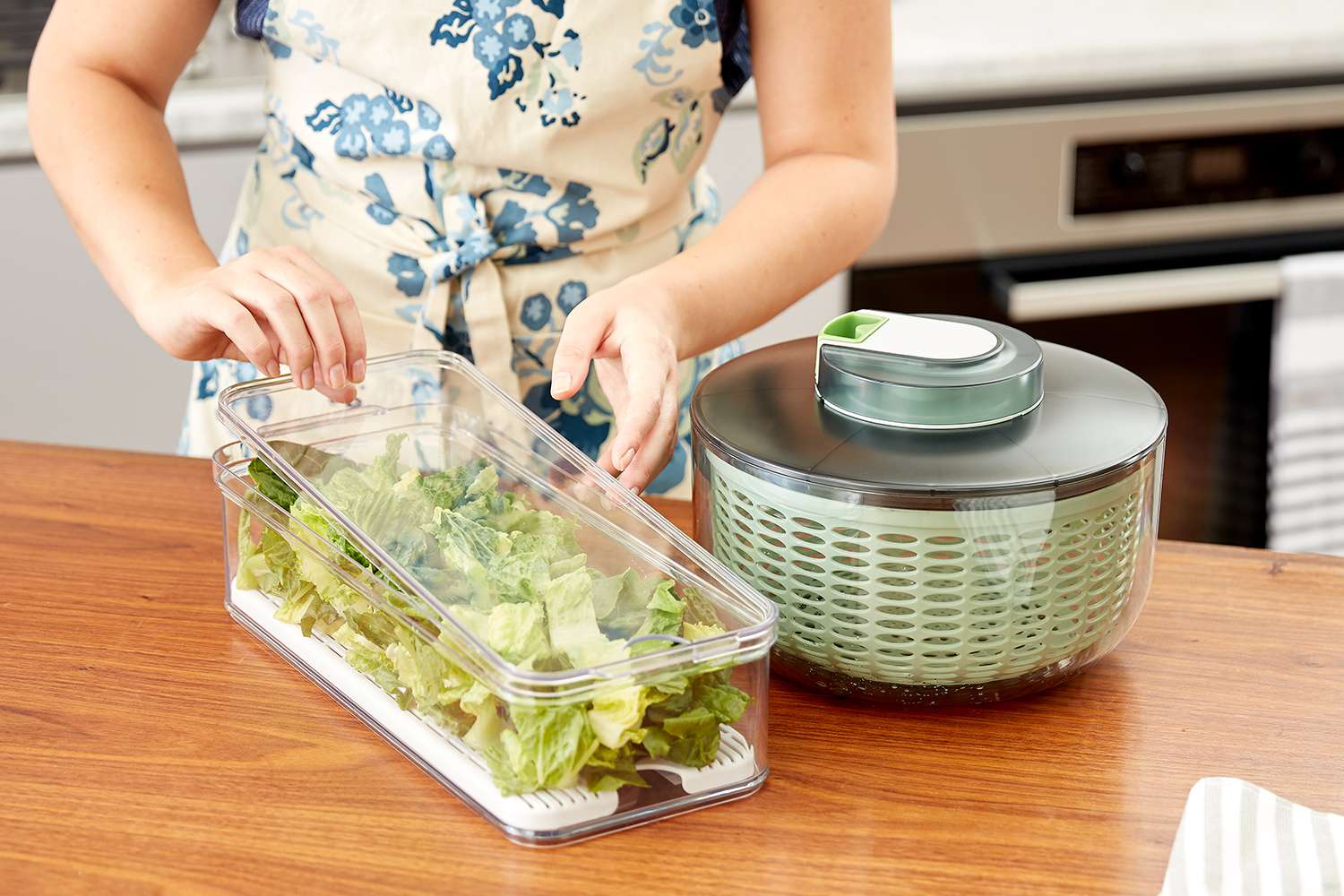
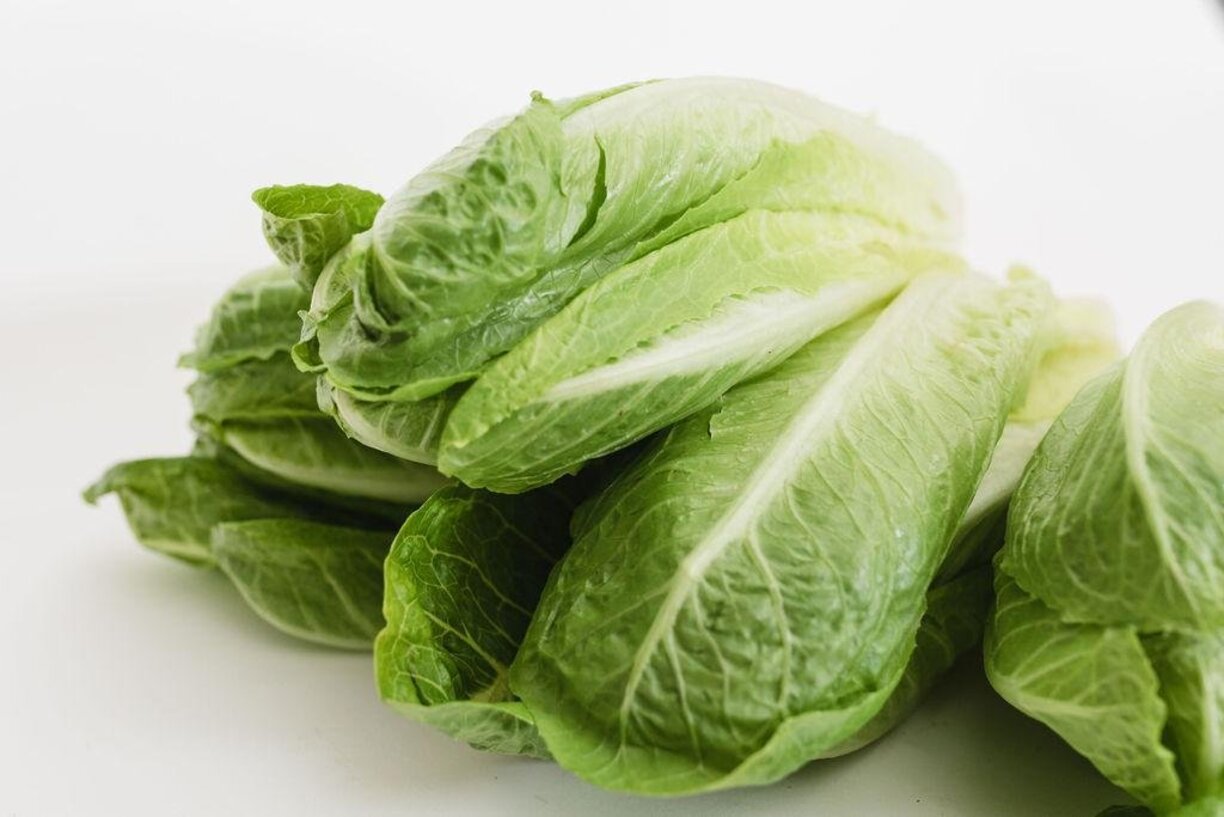
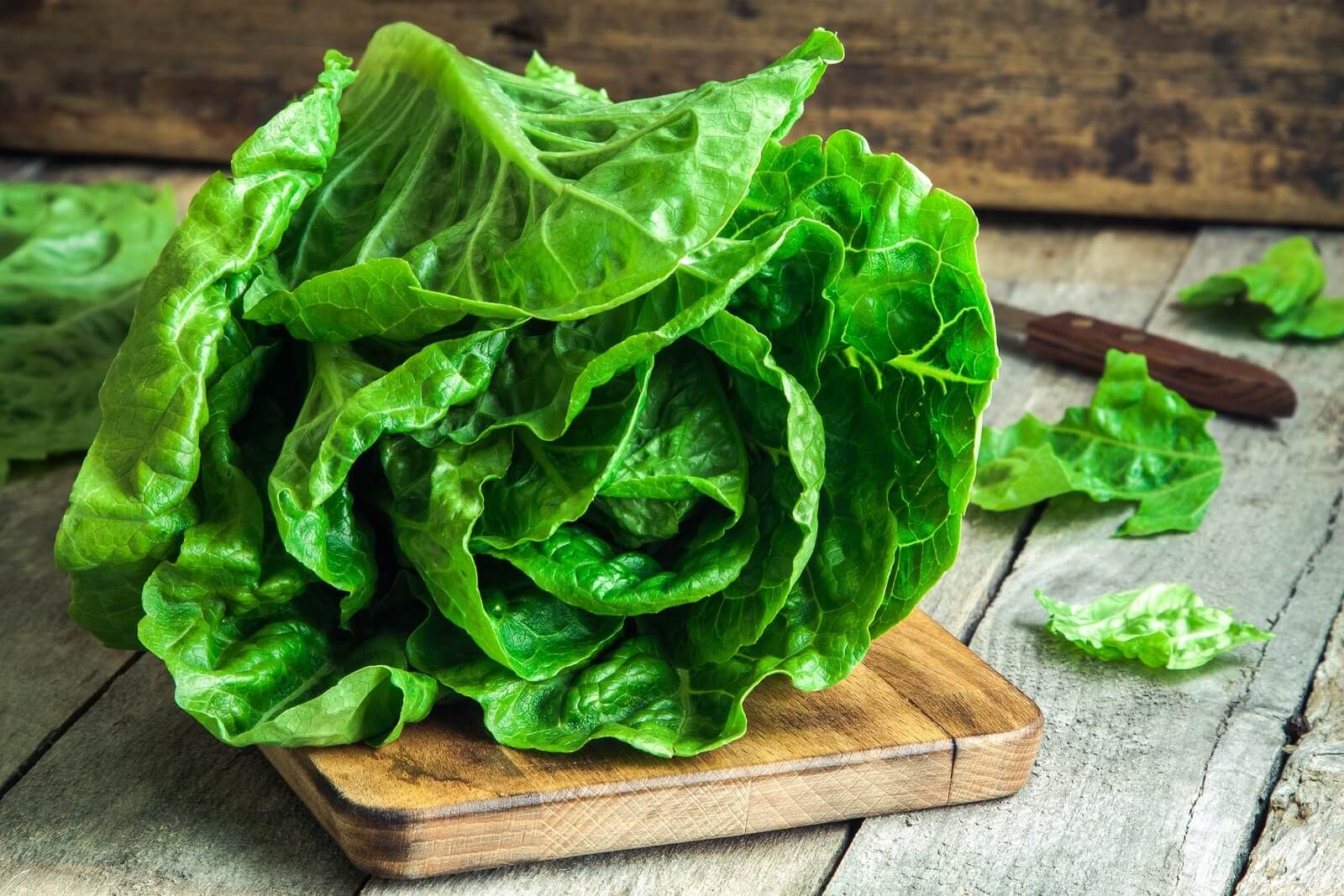
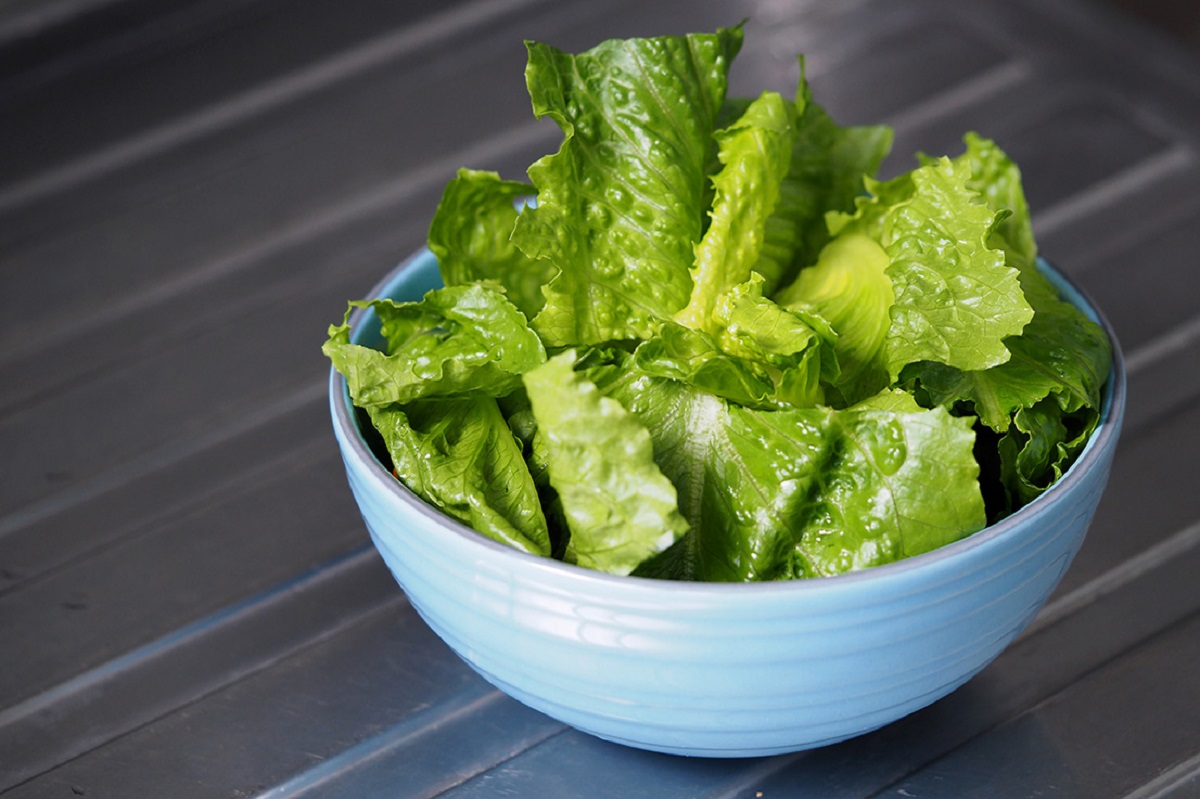
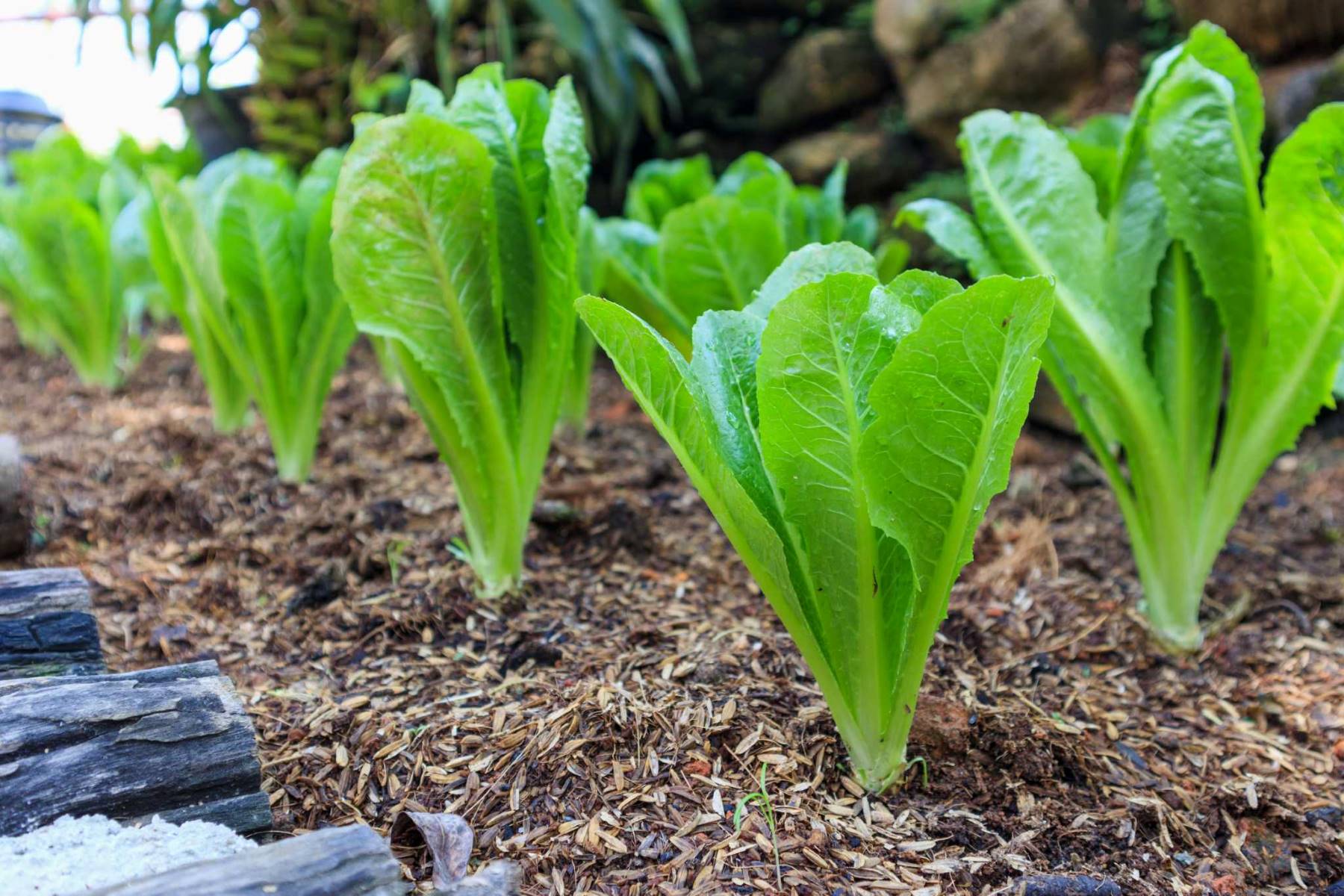
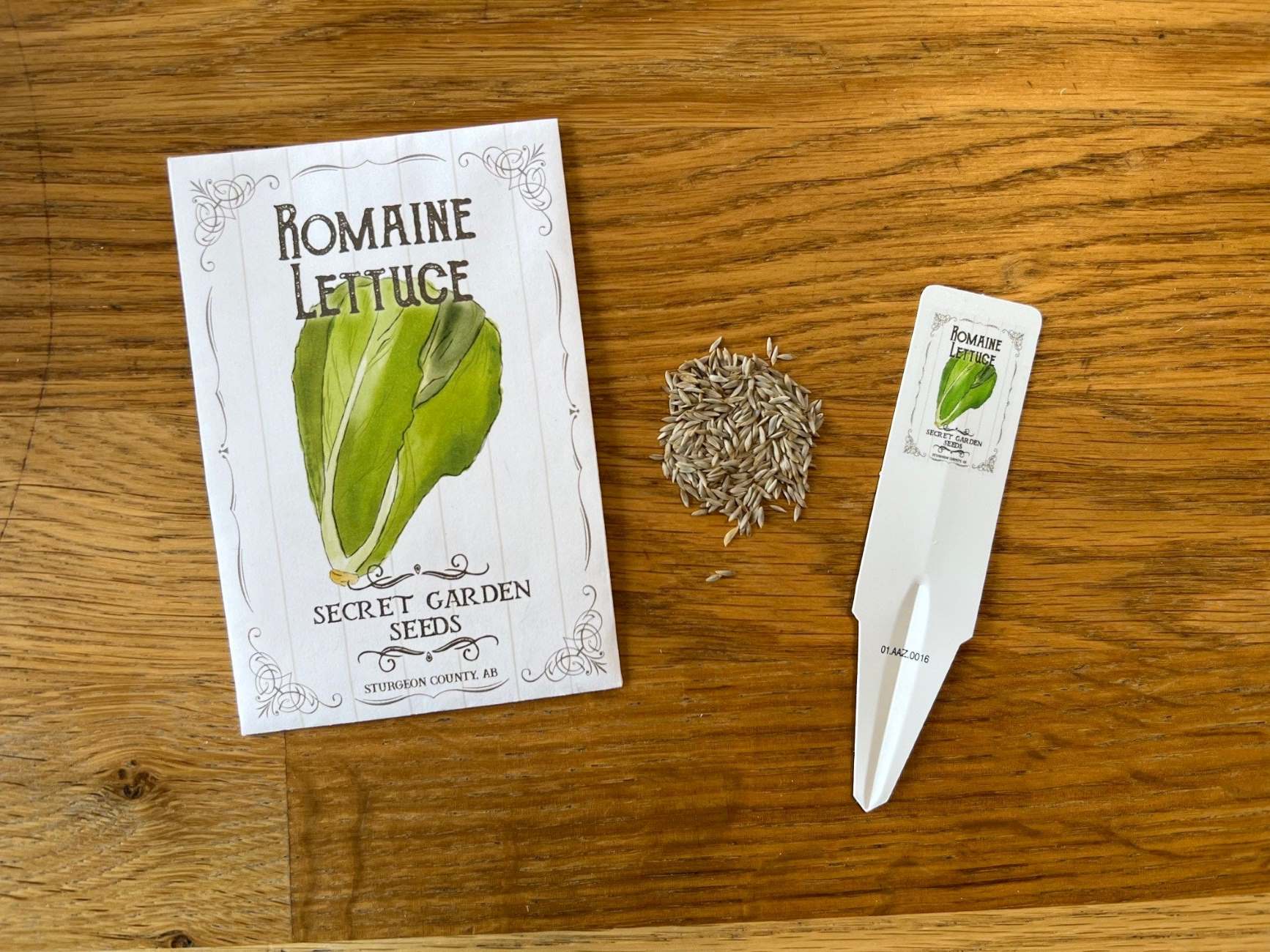
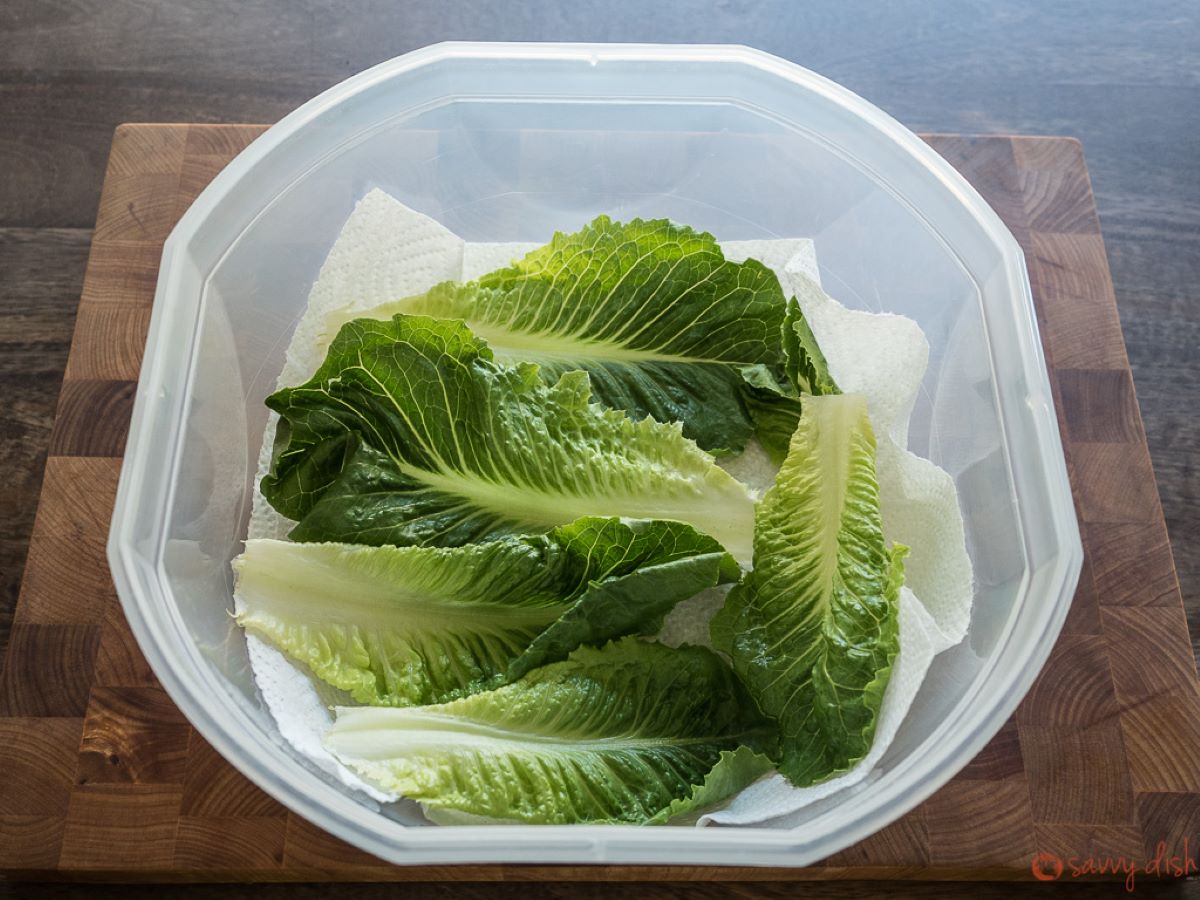
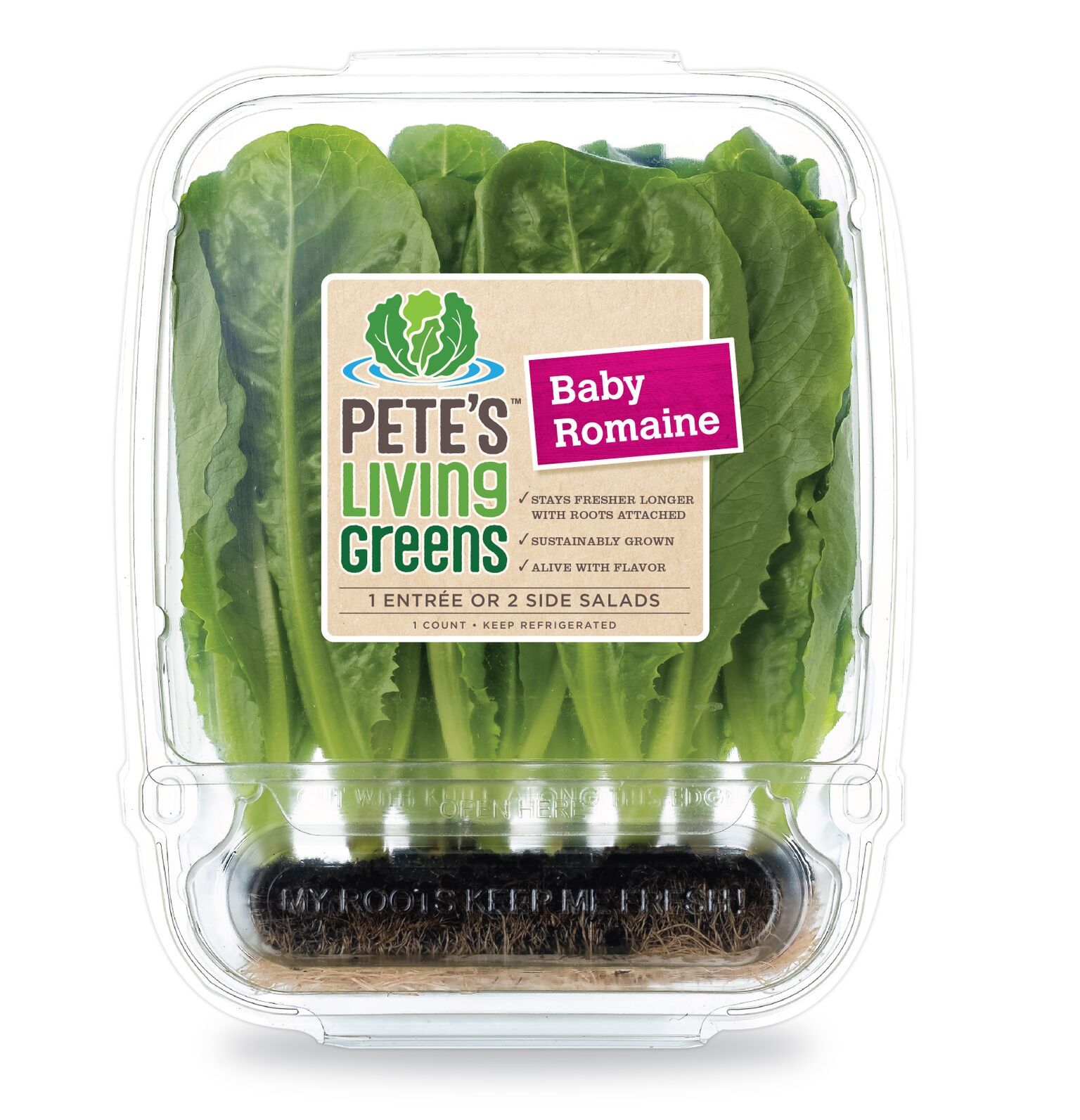
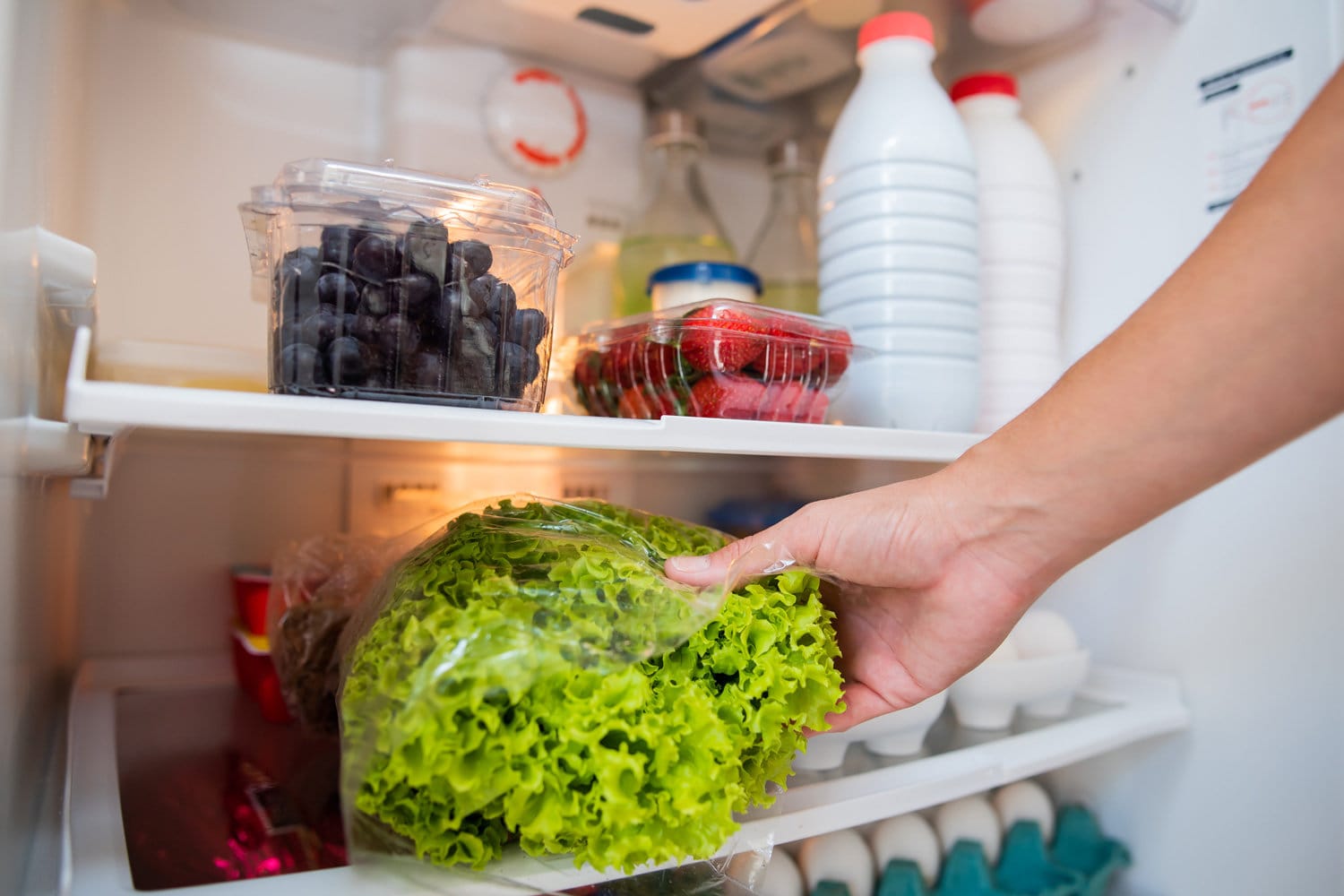
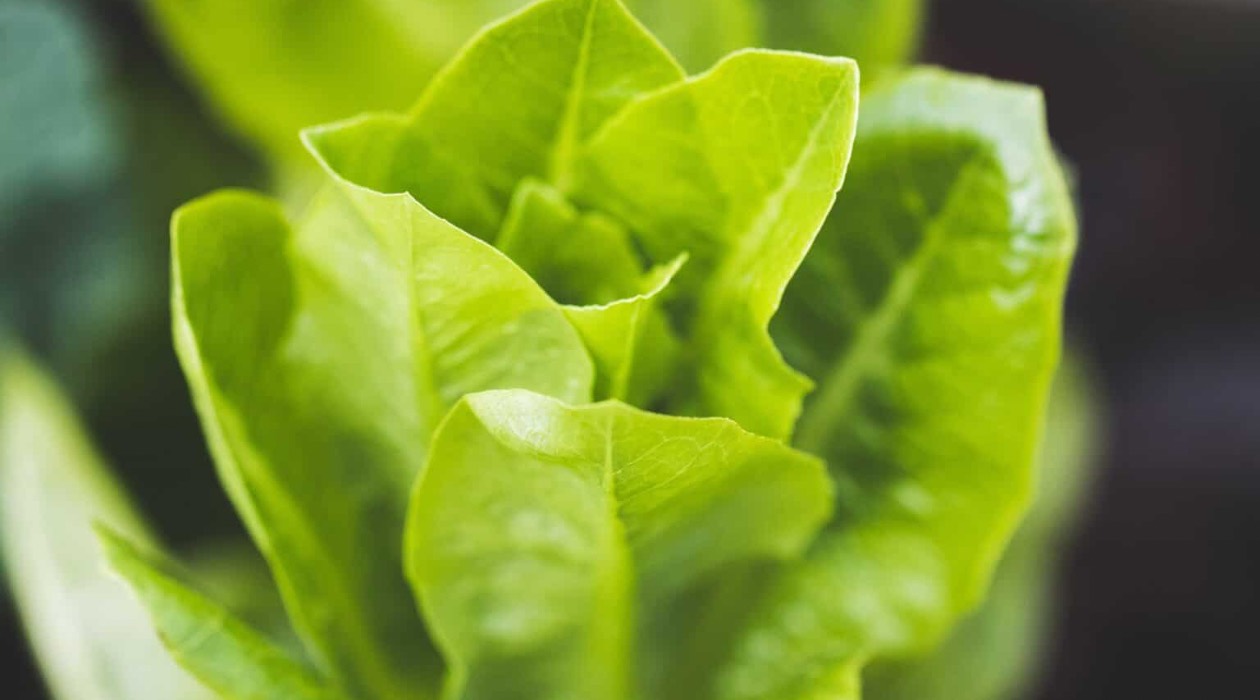
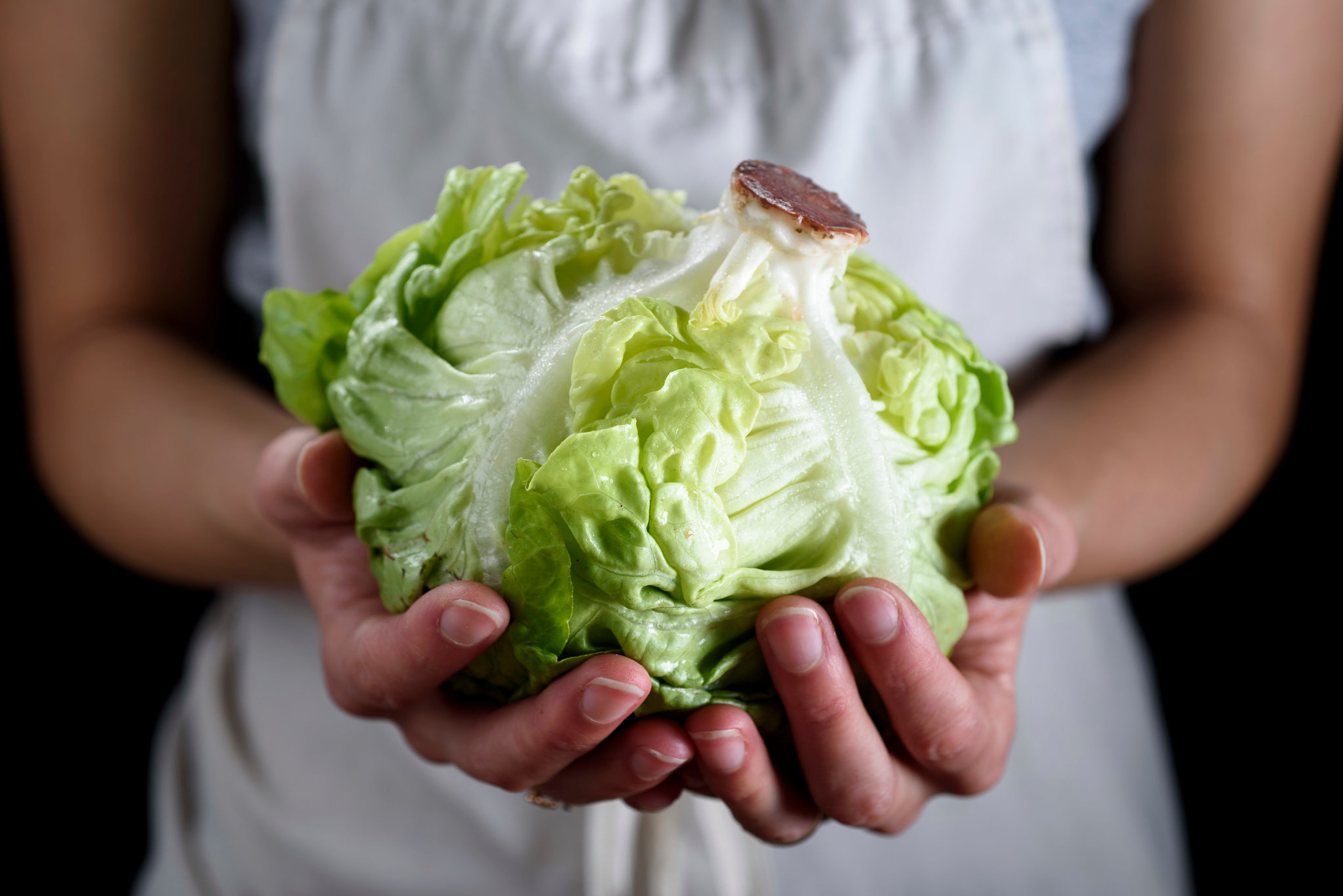
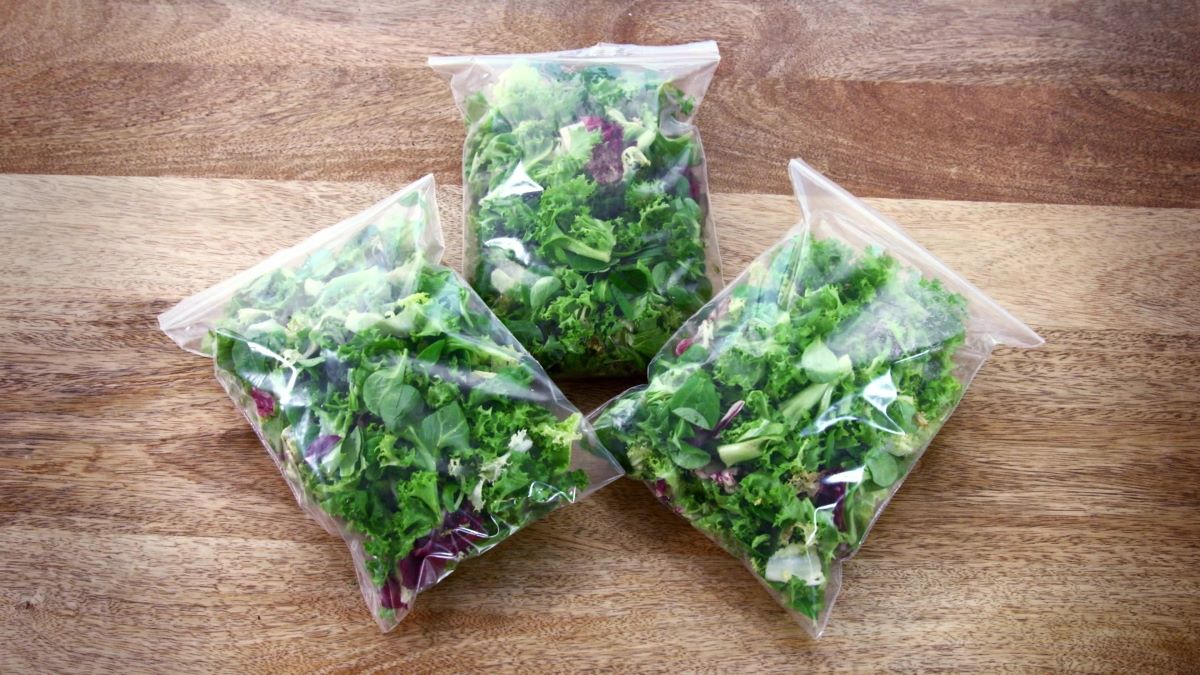
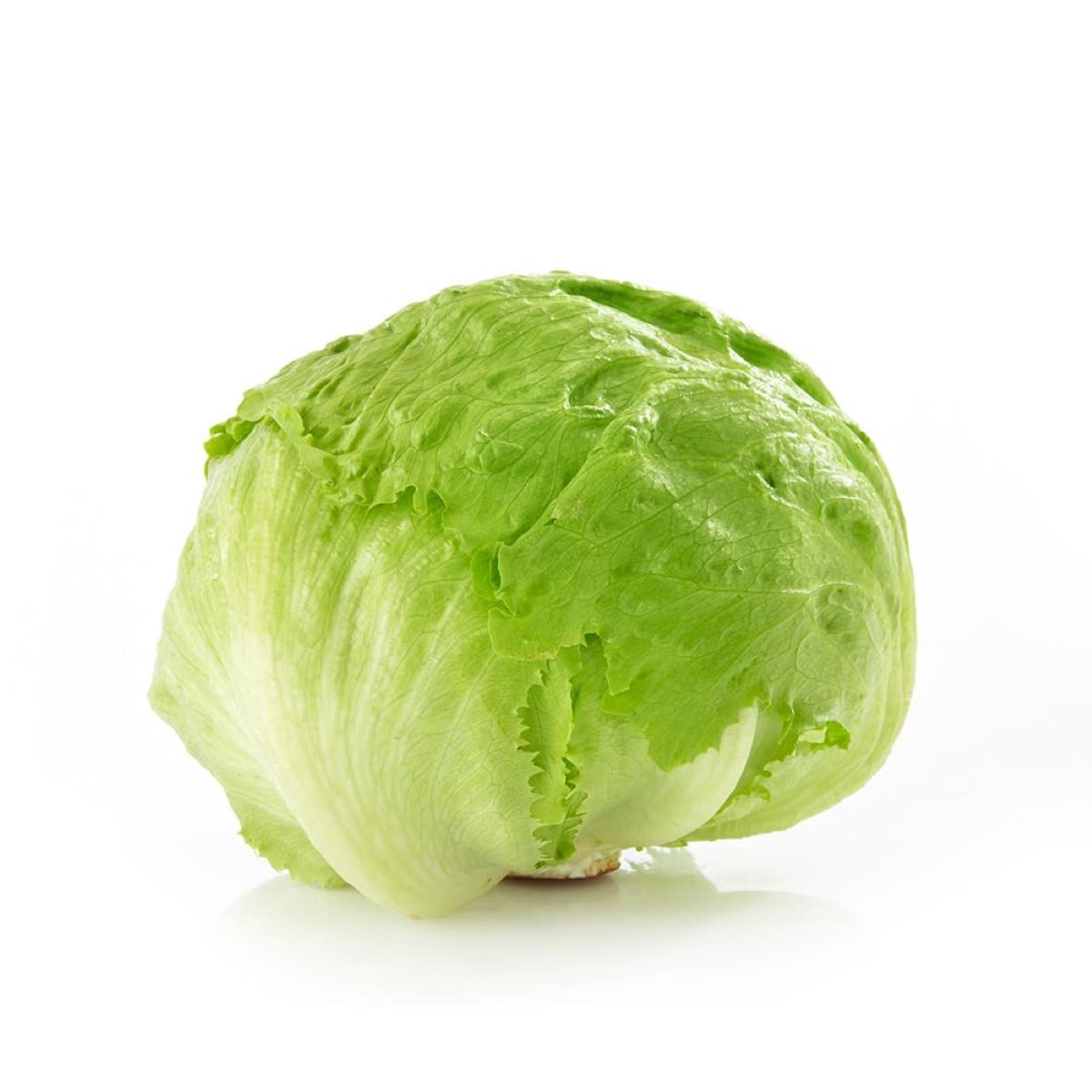
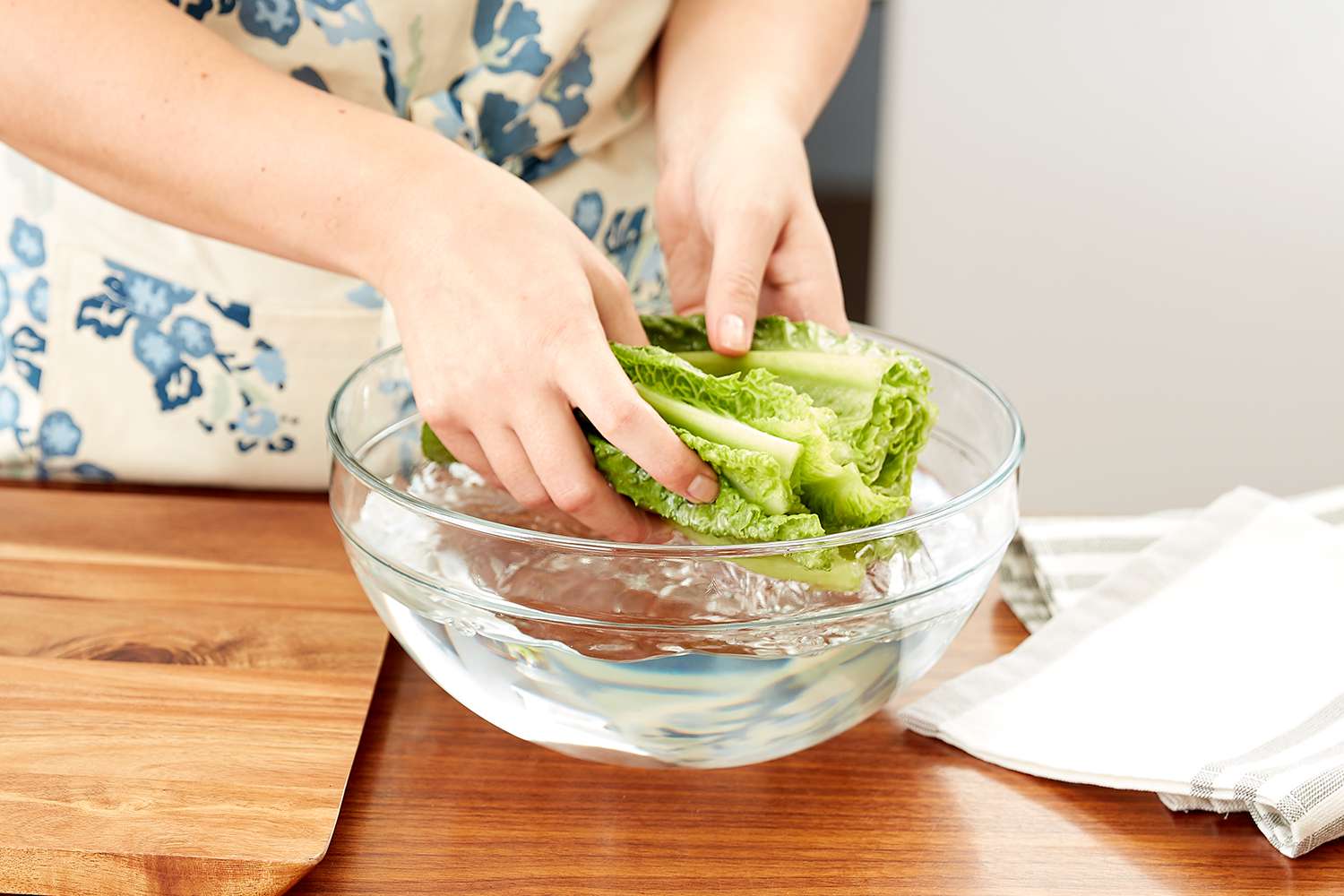

0 thoughts on “How To Store Romain Lettuce”